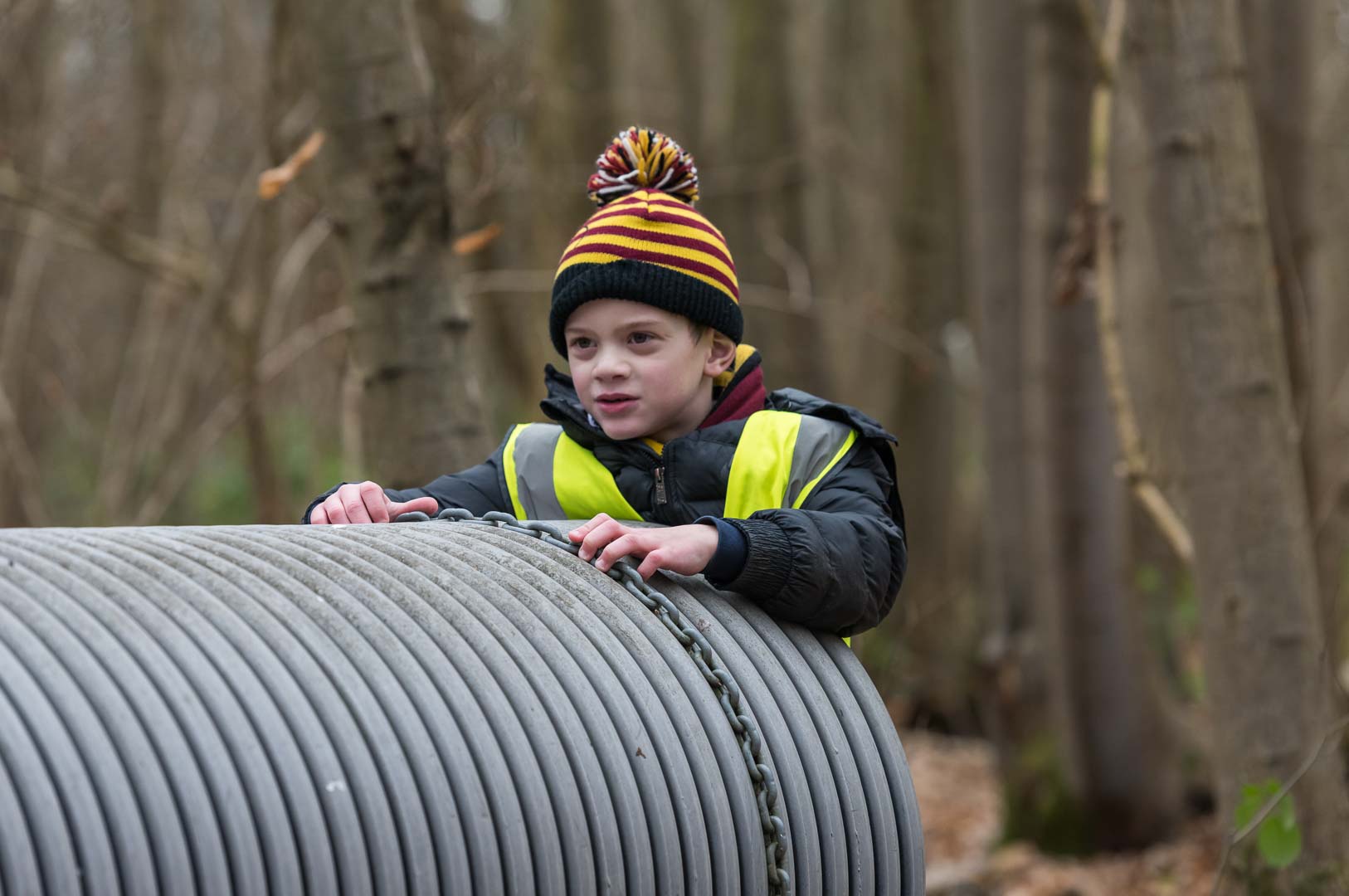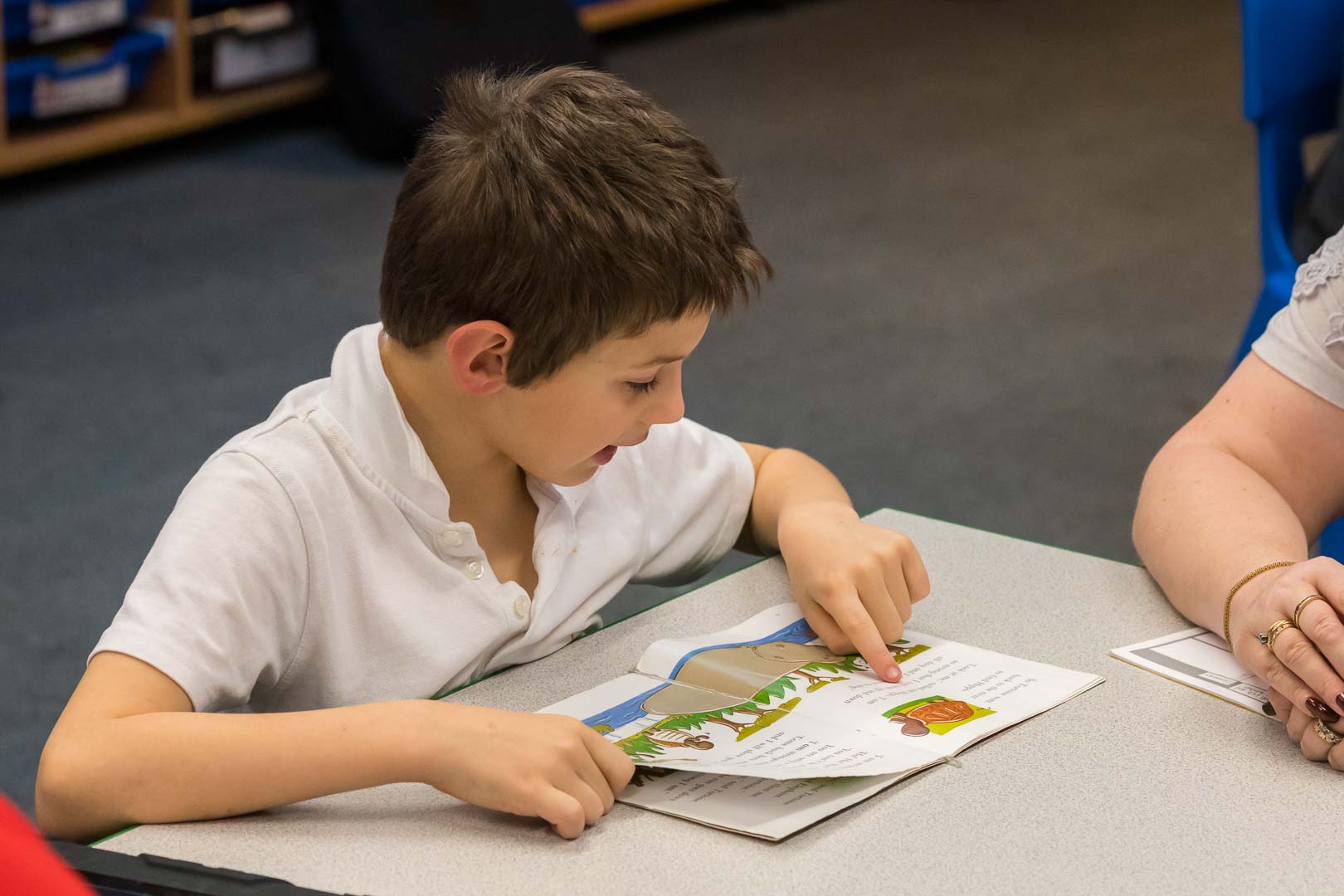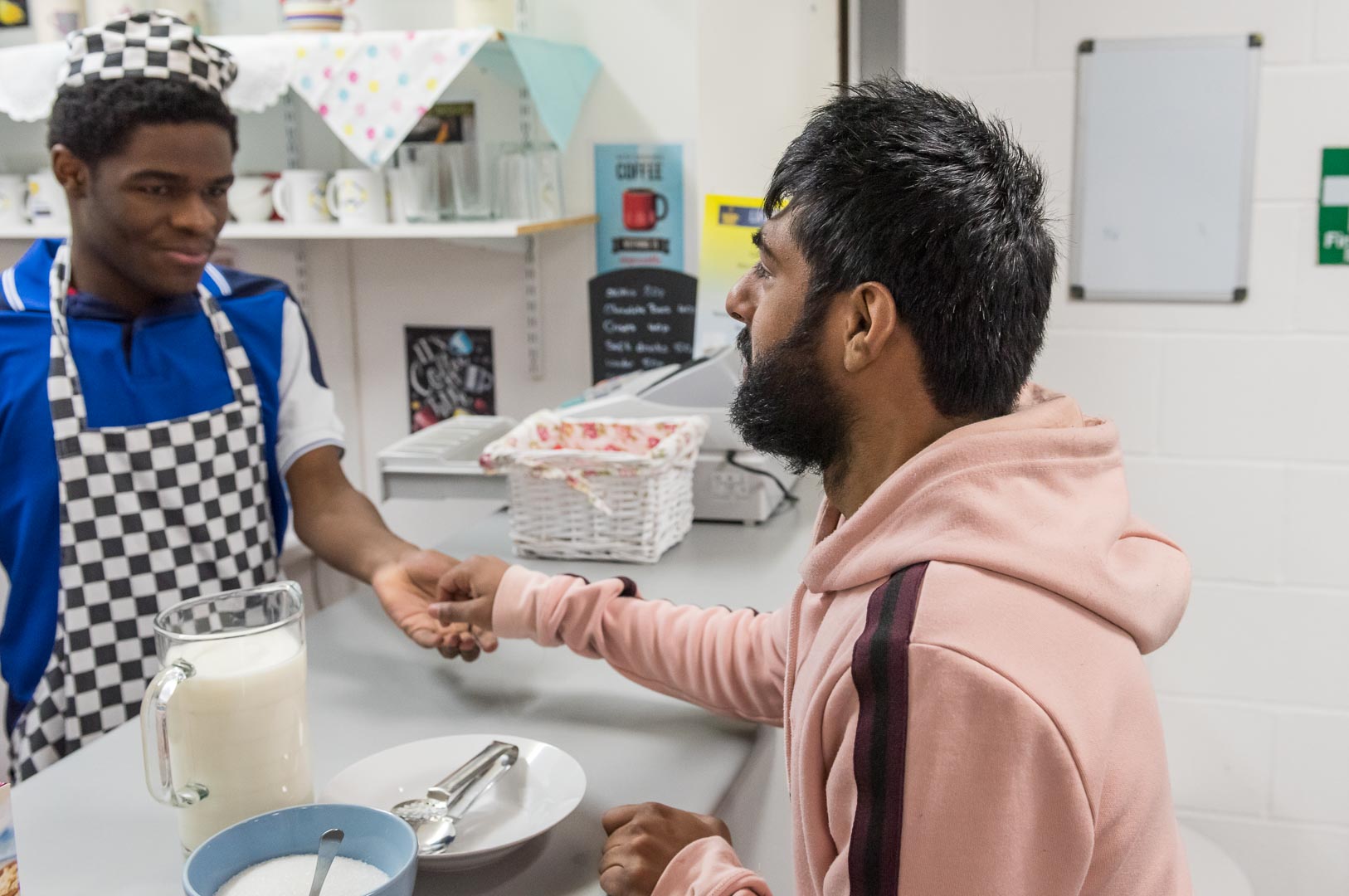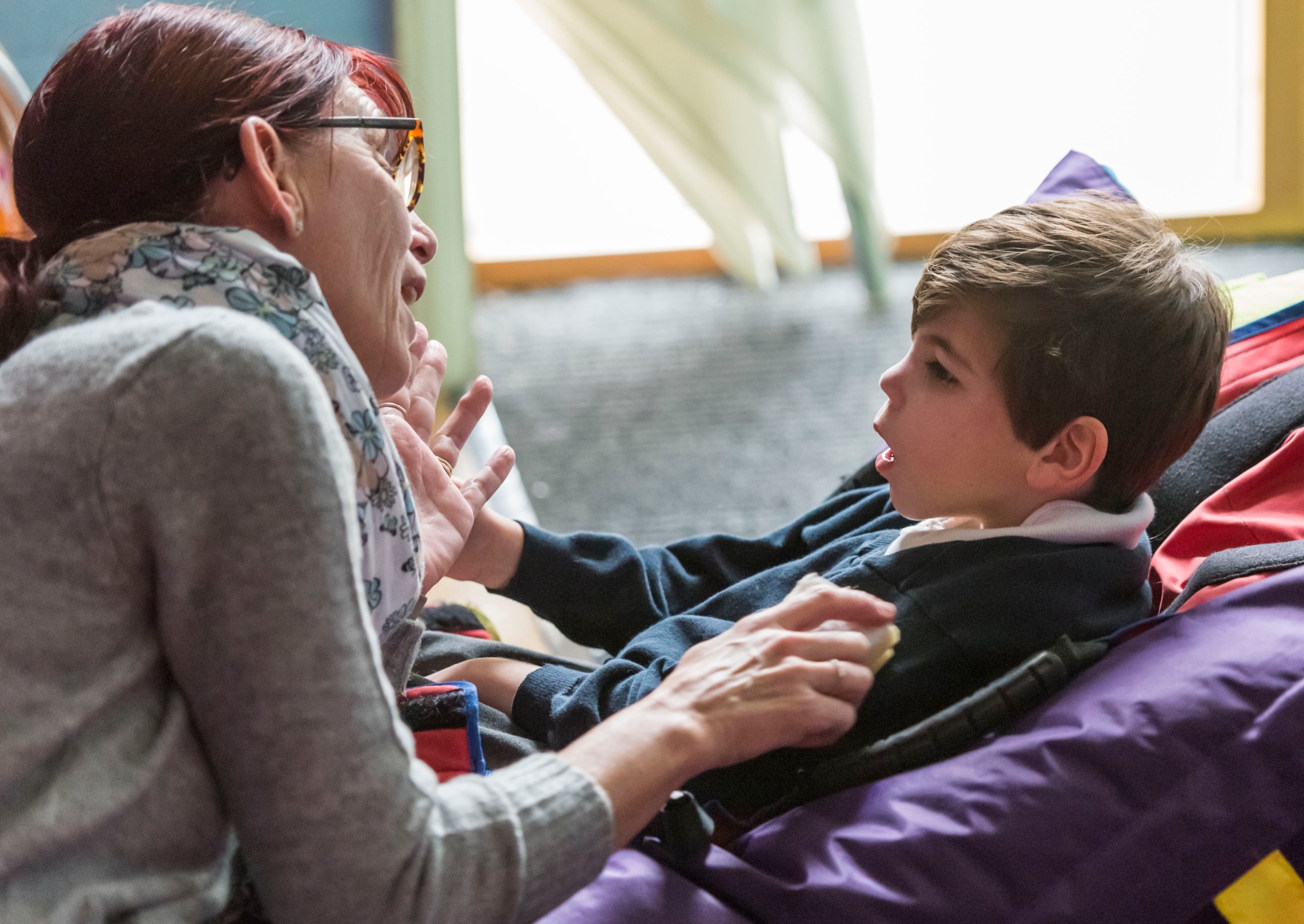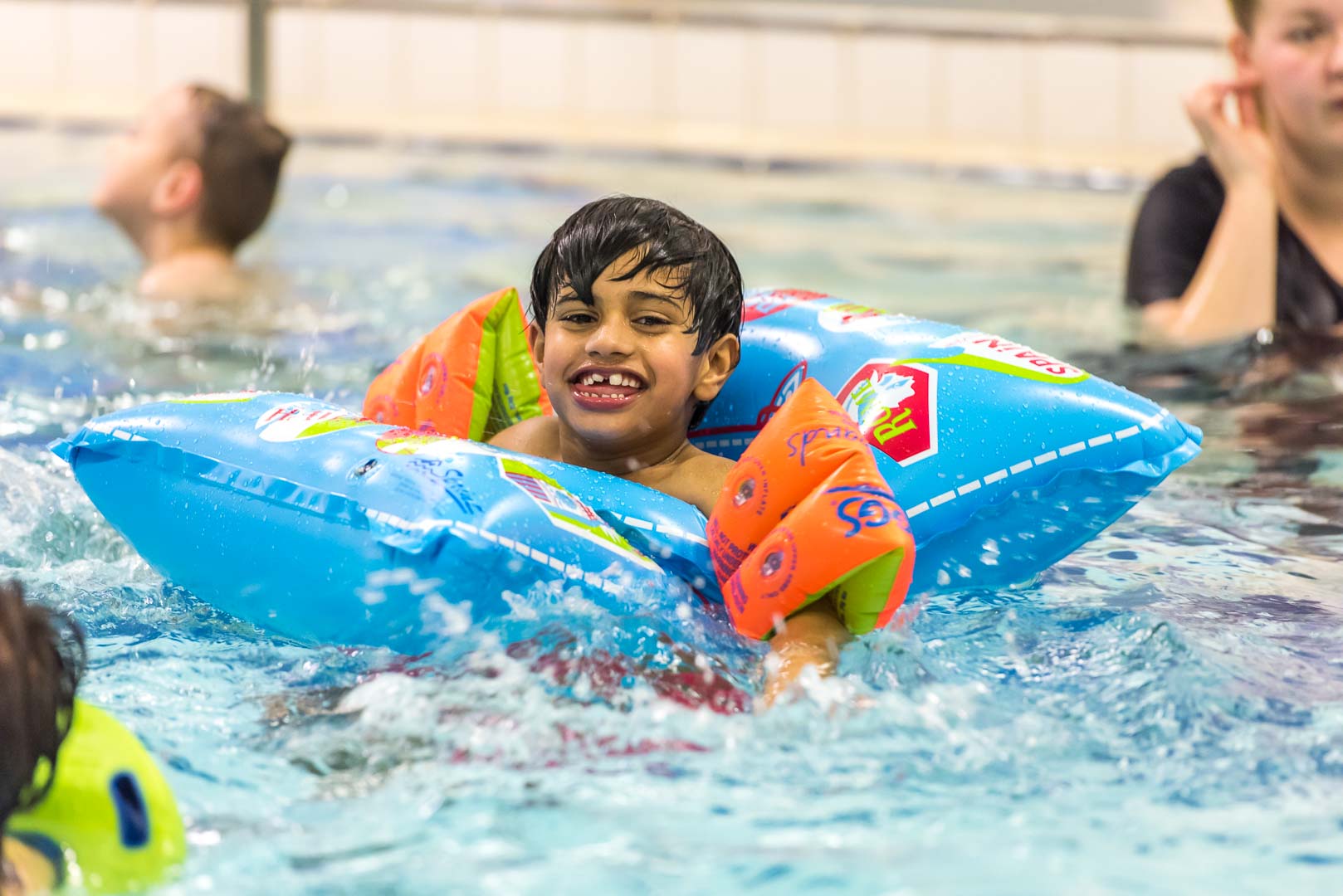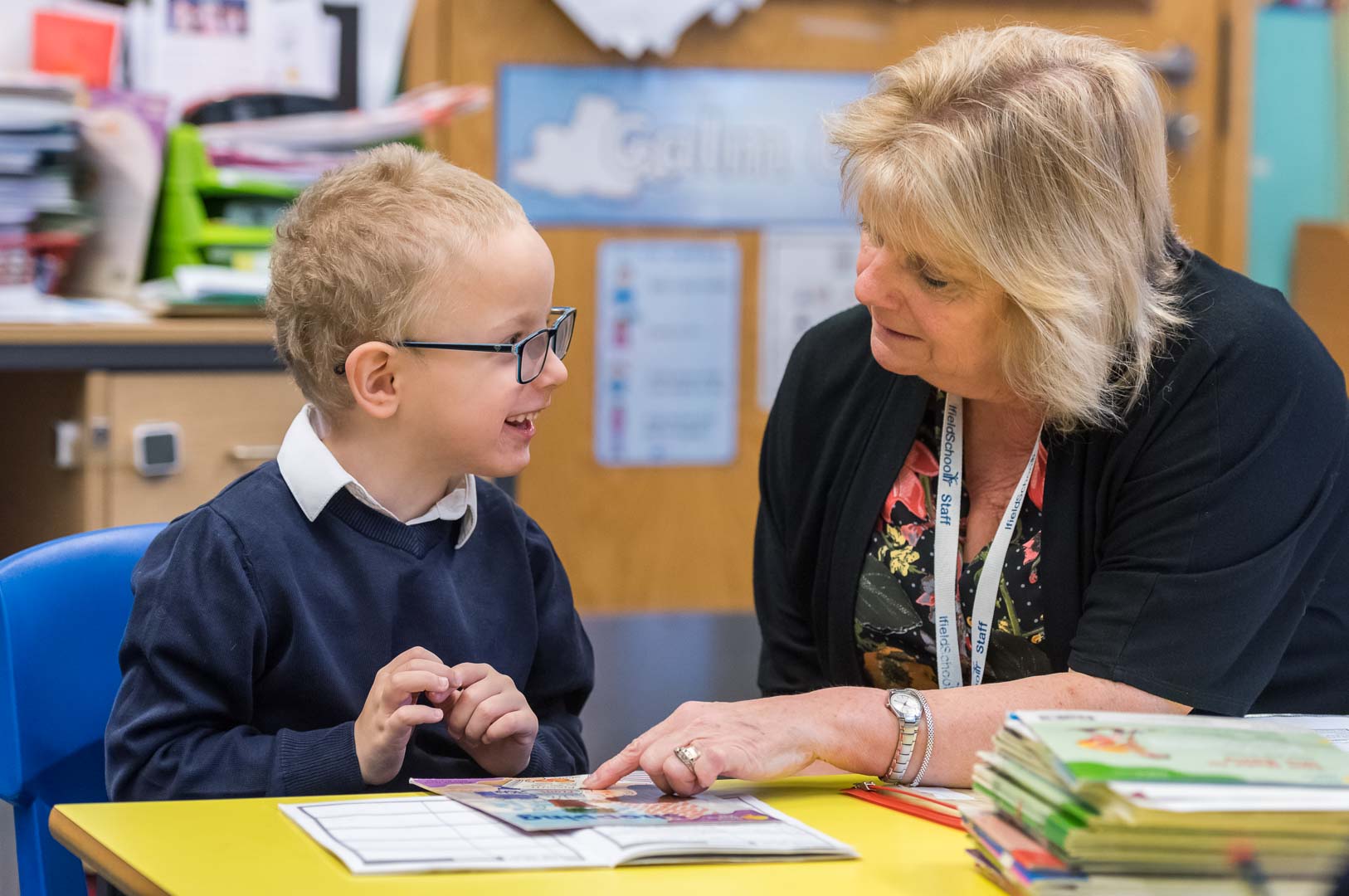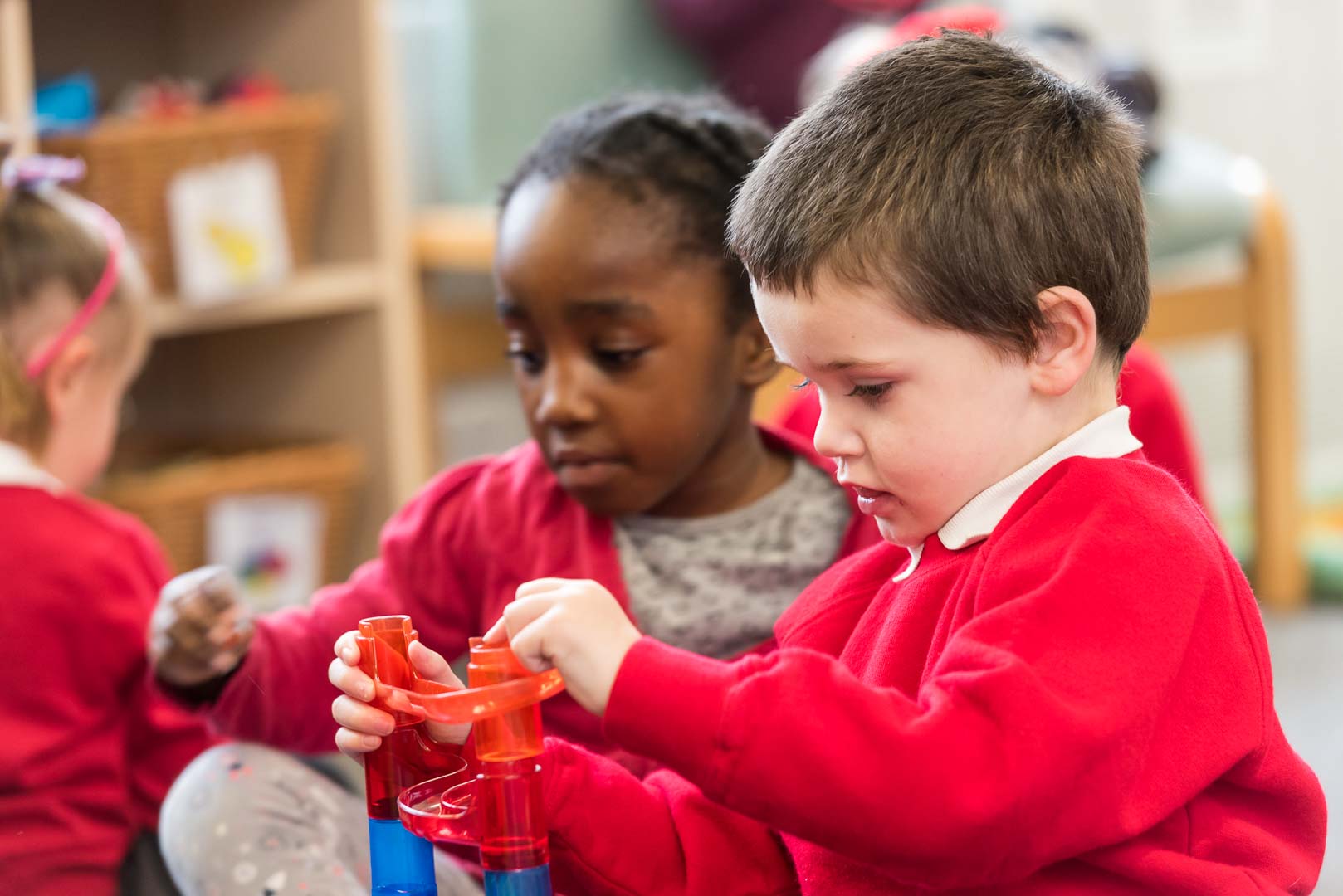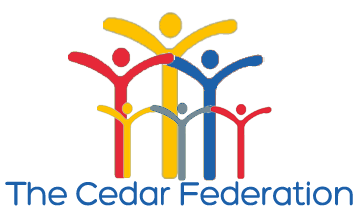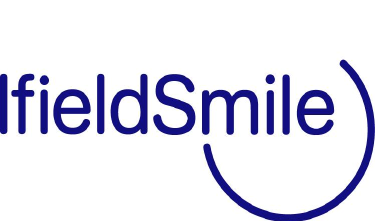Home Learning Tasks
Hazel, Maple, Oak and Cherry
Week beginning 22nd June 2020
Below are some suggestions for home learning activities. Where possible the resources have been provided. We fully understand that you may not have all the resources at home to carry out every task.
Internet Safety
Please make sure your children are supervised when using the internet. The sources below have been checked internally at school. Please check them again before sharing with you children to ensure that your internet settings are blocking any undesirable content.
|
ENGLISH – READING & SPEAKING AND LISTENING |
|
We are learning about following instructions In the reading folder T6 Week 4 there are some read and respond colouring comprehension activities to complete. The easiest level starts at 2 key word instructions. The focus is on the understanding of the instruction. Help your child read any words they find tricky.
Oxford Owl has a range of super hero stories which can be read together or you can ask it to read it aloud Remember, Oxford Owl website eBooks to see which ORT level your child can access. They/you should know which level they usually read at school.
The following links are stories about weather that can be shared.
What will the weather be like today? https://www.youtube.com/watch?v=BgvbpxTX0rM
The Rain Came Down https://www.youtube.com/watch?v=NRAE_lx5GAo
The Snow Flake https://www.youtube.com/watch?v=cky-c4J3kZg
The Wind and the Sun https://www.youtube.com/watch?v=qr2VSHYZU2o
|
|
ENGLISH – WRITING |
|
To be able to describe a real-life Superhero.
Share the PowerPoint about real-life superheroes. Help them identify who they know that is a superhero. E.g. people who work for the NHS, Care Home, Fire Brigade, Police force or a member of your family that has done something special for someone. E.g. looked after an elderly neighbour or helped someone in need.
Activity Use the superhero character writing template and adjective word bank to help you describe your superhero. Talk to an adult about what you want to write. Then have a go at writing all the sounds you know in words. Try and write at least the first letter of each word on your own and other letter sounds you know. An adult can help you with the parts you do not know.
Challenge Print out some of the superhero themed prompted questions and try to answer them in full sentences using adjectives (describing words), a capital letter and a full stop.
|
|
PHONICS |
|
We are learning how to hear sounds in words
Please continue working on letter sounds at home and revisit the links below:
Phase 1 – listening to sounds in the environment. https://www.youtube.com/watch?v=Z2A6Ca_HZUQ
Phase 2 phonics – Letters and sounds games http://www.letters-and-sounds.com/phase-2-games.html
Phase 3 Phonics – Letters and sounds games http://www.letters-and-sounds.com/phase-3-games.html
Phase 4 Phonics – Letters and sounds games http://www.letters-and-sounds.com/phase-4-games.html
Activity Sheets Practice your reading skills by segmenting and blending words for reading. Play I-Spy and match the correct word to the picture. Phase 2 is the easiest and Phase 5 is the hardest. Choose the phase that is right for you. I-Spy Phase 2 set 1 – 3 I-Spy Phase 3 set 1 – 6 I-Spy Phase 4 set 1 – 5 I-Spy Phase 5 set 1 - 5 |
|
HANDWRITING |
|
We are learning to form letters correctly Keep encouraging your child to hold the pencil in a pincer grip, using a short ‘chubby’ pencil or marker is a good way to encourage this. Don’t forget that it’s much easier to use a marker than a pencil and easiest of all is a whiteboard and marker as not much pressure is required.
Don’t forget that mark-making can be encouraged in all sorts of exciting ways – fingers in shaving foam, brushes in trays of sand, chunky chalk on the driveway, large paintbrush and bucket of water outside on the concrete on a sunny day, paint pens on the window… get creative!
We are focusing on horizontal and vertical mark making for some, all lower case letters a-z and numbers 1-20. Some new handwriting activities have been added to the Home Learning. Please encourage your child to complete the sheets. (See Term 6 eek 4 handwriting folder)
Activities Beginner – mark making horizontal and vertical lines, start big and decrease size once ready. Easier- practice writing all letters a-z. Remember to make sure your hand is resting on the table when writing the letters. Harder – practice writing all letters a-z and numbers 1-20- make sure you are starting in the right place. Remember to make sure your hand is resting on the table when writing the letters too. Challenge- cursive writing introduction.
Additional Challenge Learn to read and write the tricky words. Start at the beginning and see how far your get! (See T6 Week 4 handwriting folder) |
|
MATHS |
|
Data Handling and Fractions
We are learning to show information in different ways.
We have been looking at different super heroes for a few weeks now so your child should be used to seeing what superheroes look like. Now we are going to look more closely at their features to do some data handling so we can display information about our superheroes quickly.
Easier task: Using sorting boards in resource file or simply write big and small on a sheet of paper with some kind of symbol to illustrate big and small sort the superhero pictures. Sort as many as you feel your child can do and then ask them to count how many on each sheet of paper. Are there more small superheroes? You might want to choose two other criteria eg boys and girls and repeat the task. If you don’t have a printer you might like to use real toy superheroes if you have any. If you don’t have access to either use whatever you can find around the house like coins big and small.
Middle level task: Using the Block graph sheet in the resource folder count the superheroes of each type and colour the right number of blocks to record your findings. Again if you don’t have a printer you could draw out a quick block graph and count the superheroes online by opening the document on screen.
Harder task: Using the Venn diagram template in the folder or a drawn out one sort the superhero pictures according to whether they are boys or small with small boys going in the part that crosses over both hoops. Try again with big or girls with big girls going in the middle section.
Challenge tasks:
Using the Venn diagram and pictures of superheroes from the resource folder how might you sort them?
We are learning about halves and quarters of shapes and numbers.
Watch Numberjacks (Halves) episode youtube.com/watch?v=eBWTP84lcUl Watch Numberjacks episode (Fraction Action) S2E17 on you tube Watch the Fraction warm up powerpoint in the resource folder
We are learning about halves and quarters focusing particularly on shapes and small numbers. Throughout the week focus your child’s attention on Fractions in real life. For example how shall I cut your sandwich today in halves or quarters? There is ½ the bottle of shampoo left in the bottle, Can I have ½ of your apple etc.
Easier level- Cutting foods into half. They could help to make a salad and safely using non sharp knife help to cut up tomatoes, cucumber, etc in half.
You could make some playdough and roll out sausages to cut in half.
Middle level- In the resource folder print off the sharing superhero mask activity and cut out the sperheroes for your child. Give then 2 superheroes and ask them to share out 4 masks. How many do they get each? Half of 4 is 2. Repeat gradually increasing the number.
Challenge: Give them 4 superheroes and repeat giving them 4 masks, then 8 masks, then 12 masks to share out equally. Tell them they are sorting into quarters because you are sharing between 4.
Harder level- Play Roll a Fraction game in resource folder.
Challenge- Build a fraction wall for your superhero to stand on. Print of the fraction wall in the resource folder and get your child to rebuild it starting with 1 then ½ then 1/3 then ¼ then stick a picture of a superhero on the top.
|
|
HISTORY |
|
We are learning how to sequence a historical event in the right order
Watch the following video to learn about this amazing lady scientist who is famous for discovering radioactivity and putting x-rays into ambulances.
https://www.bbc.co.uk/bitesize/topics/zd4dy9q/articles/z6bnd6f
Then share the Marie Curie presentation. Talk about the information in the presentation.
Activities
Challenge Complete the x-ray explanation sheet and stick it below your x-ray image.
|
|
SCIENCE |
|
We are learning about different kinds of weather
Share the weather video PowerPoint. Talk about the different the kinds of weather. Then watch the videos of weather. Discuss what season we may experience this kind of weather. Talk about how the weather affects the kinds of activities we can do outside.
Activity How Weather Affects our Activities. (T6 Week 4 science folder)
|
|
PSHE |
|
We are learning about how to keep money safe
Share the lesson presentation with your child. Talk about the big questions below.
Where does money come from? Ask your child to think about where money comes from and can they think of any additional ways they might receive it e.g. pocket money, gifts etc.
How can we keep money safe? Explain to them that there are many ways we keep our money safe. Read the information on the lesson presentation and discuss with them a time they have looked after their money in each way. Looking after my money. Explore the scenario cards Using the signs for display encourage your child to decide which best describes how they should keep their money safe according to the information on their scenario card. (See T6 Week 4 PSHE resources).
Why do we need to save money? Discuss with your child what money can be used for when it has been kept safely. Ensure they understand that if people want to buy much more expensive items, such as a car or house, they will need to save money for a long period of time and keep the money secure.
Activity Design a poster to show other children ways they can keep their money safe and why they should do this. (See T6 Week 4 PSHE poster)
Challenge Ask your child to aim their posters at adults encouraging them to save money and explain why it is important.
|
|
FOOD TECH |
|
We are learning how to make and decorate cakes
This week we will be making vanilla cup cakes and decorating them with a super hero theme.
First follow the recipe found in this week’s resources (T6 Week 4 Food Tech). Encourage your child to look at the weight of the ingredients on the scale and talk to them about different kinds of measures e.g. weight in grams, teaspoons, tablespoons etc. Allow the cakes to cool and then choose how you wish to decorate them by watching the following links for super hero decorations.
Spider man https://www.youtube.com/watch?v=s8IRPfENbEU Super Hero Betty Crocker https://www.bettycrocker.com/recipes/superhero-cupcakes/472a998d-ef9d-42ab-aacc-d722d30136f8
More ideas for designs using fondant http://justjennrecipes.com/superhero-cupcakes/
|
|
ART |
|
We are learning to make optical illusions and use different techniques used by other artists. Its time to get creative! In the art folder you will see two images that we would like you to have a go at creating yourself. The first involves painting an A3 piece of paper to become the sky and cut and stick building shapes on top to become buildings. You could use newspaper or scraps of envelopes etc to do this. Then find a photograph of someone: it could be a family member or cut out from a magazine and place them in the sky like a superhero flying. You could add a cap and mask.
The second challenge is a little easier. Using red paint do a hand print and then when dry add black lines with a paint brush or felt tip pen to add spiderweb lines. Add eyes and you have yourself a spiderman image.
|
|
LIFE SKILLS- We are learning to use our knife and fork to eat correctly by ourselves |
|
https://www.youtube.com/watch?v=cau5cevLg2U This is a nice NHS video showing how to cut and stab using your cutlery. Activity: Using playdough if you have it make pretend food together and put it on a plate. Pretend to cut up the food with your knife and fork. If you don’t have playdough use a banana, soft fruit, etc. Practice as often as possible especially at meal times.
|
|
RE – Living in Britain as a Hindu |
|
Key Question- How do we show people they are welcome?
I am learning to understand that people in my community have different beliefs from me Describe some examples of what Hindu’s do to show their faith.
https://www.bbc.co.uk/cbeebies/watch/lets-celebrate-diwali Watch this video to put this key question in context.
Watch the Rangoli powerpoint in the resource folder.
https://www.youtube.com/watch?v=pwxaBmqfFAc this explains why Hindu’s use Rangoli. It will need you to read the explanation though. You may only want to watch the beginning.
https://www.youtube.com/watch?v=PlUwGooZNuY examples of people making Rangoli patterns
https://www.youtube.com/watch?v=YZCUOANxPjc examples of people making Rangoli patterns
Rangoli patterns are made as a sign of welcome and to bring good luck. We all need good luck at the moment and we are all starting to welcome those we love back into our gardens and lives. It time to celebrate this.
Activities:
Easy level- Print off a Rangoli pattern from the resource folder and use pens and pencils to colour in. Put it in your window as a sign of welcome to visitors or the postal workers. There are lots to choose from.
Middle Level- Using a Rangoli pattern from the resource folder sprinkle coloured rice, powder paint etc to make your own Rangoli pattern. There are instructions in the resource folder.
Harder level- Use chalk to draw your own Rangoli pattern outside your front door. Take a photo and send it to us to see. |
|
PE |
|
We are keeping physically active during lockdown and exercising once a day
Both Large Motor Skills idea cards and Fine Motor skills idea cards for indoors resources are available to use, also check out the links below.
https://www.youtube.com/watch?v=r2tBH_XyeJc finger exercises YouTube video to copy.
Past week’s Cosmic Yoga adventure were Betsy the Banana and Arnold the Ant! This week it is Coco the Butterfly.
https://www.cosmickids.com/category/watch/?video_category=yoga&changed=video_category
If your child is finding the yoga too easy or appreciates things targeting at a higher age group, we dare them to try the Kids Ninja Balance Workout challenge! Come on mums and dads and carers, you need to get involved too! https://www.youtube.com/watch?v=-VNqE8tV2GE
Also remember that Joe Wicks is still running his live daily online workouts at 9am https://www.youtube.com/channel/UCAxW1XT0iEJo0TYlRfn6rYQ
Try the Joe Wickes 8-minute work-out cards (see PE folderT6 Week 4)
You could also record your progress by using Joe Wickes exercise log.
|
|
SENSORY |
|
We are learning to use a sensory circuit at home Sensory circuits are designed to both stimulate and regulate the senses. Why not get creative and set up a sensory circuit around your home or garden?
A sensory circuit should take about 15 minutes to complete, but if your child is enjoying themselves and wanting it to last longer that’s fine. However, do your best to encourage them to do all the activities in sequence and not miss anything out. Timers or a countdown can be used to encourage moving between activities.
Sensory circuits contain 3 phases which should always be completed in the correct order. You can choose one or several for each phase from the ideas below or think of your own.
Phase 1 - Alert Physical activities that involve singular, repeated body movements; side to side, back and fourth or up and down. Rocking from side to side or on a rocking horse, swinging, bouncing while seated on a gym ball, jumping on the sofa (if allowed), star jumps.
Phase 2 - Organise Activities which require the brain to do two things at once. Balancing on a beam or walking along a line, crawling trough a tube/tunnel/sleeping bag, weaving in and out of cones/cans of food placed in a line, jumping or stepping over hurdles/objects, obstacle course, jumping onto items of clothing laid on the carpet, backwards press ups leaning on a sturdy dining chair.
Phase 3 – Calm Activities to relax the senses and calm down, such as receiving deep pressure, massage or mindfulness. Lying beneath a weighted blanket (or folded heavy duvet/several blankets), sandwich squeeze between two foam squabs from the sofa, presses of pressure down on top of the head (best for child to press on own head (see video) or shoulders/legs, foot squeezes, reading a book, colouring in, deep breathing.
Here are a few video links for inspiration:
https://www.youtube.com/watch?v=4EpBSD3dJnM https://www.youtube.com/watch?v=wAZVaKDkxIA
Additional Activities
Watch images of superheroes moving around. Pretend to be a super hero on a scooter board and move around like the super hero.
Using dynamic words such as fly, dash, zoom, glide. Move through the big elastic (twisted cat’s cradle)in the way described by the word.
Put pictures of super heroes in a bag of cotton wool balls (clouds). Find the super hero in the bag.
Put water in a shallow tray put in small objects/figures/numbers/letters to fish out using a sieve, fly swat or small net.
|
Useful Websites (May 2020)
Currently Busy Things are charging £1.00 per month for subscription during the school closures. This website has learning activities and games for the age range 3-10 and can be found here: https://www.busythings.co.uk/
Oxford Owls has a range of ebooks that are levelled to read some of which have activities linked to them for comprehension.
Phonics Play is free to use at the moment and has a range of games. To access for free, use the following details. User name: march20 Password: home
Remember that Twinkl has a range of printable resources and PowerPoint teaching aids to access free at the moment and ICT games.com is great for literacy and maths-based activities/games.

